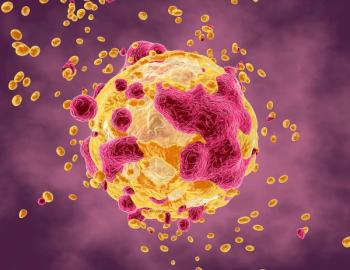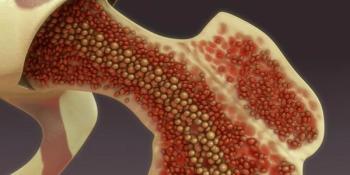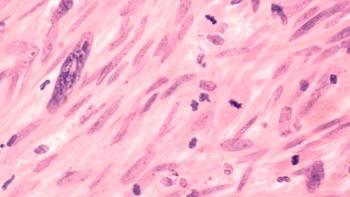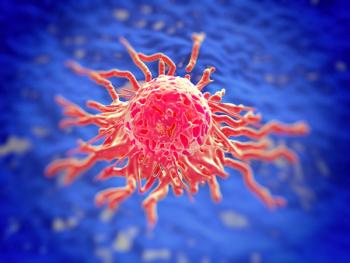
Aftercare in Sarcoma Should Incorporate Time- and Risk-Adjusted Strategies
An analysis of more than 800 patients found that the one-size-fits-all approach to “aftercare” for localized soft-tissue sarcoma is misguided. Local recurrence and distant metastasis occur in a non-constant fashion in the years after treatment, and a time- and risk-adapted strategy for aftercare is warranted.
An analysis of more than 800 patients found that the one-size-fits-all approach to “aftercare” for localized soft-tissue sarcoma is misguided. Local recurrence and distant metastasis occur in a non-constant fashion in the years after treatment, and a time- and risk-adapted strategy for aftercare is warranted.
“Aftercare is something that we all do every day in our clinical work,” said Florian Posch, MD, MSc, of the Medical University of Graz in Austria. Because there is no established standard-of-care for soft-tissue sarcoma aftercare, Posch and colleagues conducted a study with the hypothesis that “the rate is much more informative than the risk” when it comes to recurrence or metastasis; in other words, though there may be a certain percentage risk of recurrence over 5 years, understanding when those events tend to occur is more useful for patients.
Posch presented the study’s results at the Connective Tissue Oncology Society (CTOS) 2017 Annual Meeting, held November 8–11 in Wailea, Hawaii. He was among the Young Investigator Award winners for this work.
The study included 835 soft-tissue sarcoma patients who were treated with surgery with curative intent between 1994 and 2016. Patients had a median age at surgery of 60 years and were evenly divided between male and female. Liposarcoma accounted for 30% of the cohort, followed by myxofibrosarcoma (27%) and other subtypes (40%).
Over a 5.4-year median follow-up period, there were 107 local recurrences and 179 occurrences of distant metastases. The timing of these events was highly “non-constant” over the follow-up period, with both exhibiting substantial peaks at around 1 year following surgery. Posch said this suggests the need for intense aftercare involving clinical surveillance and imaging particularly in this period.
Grade 1 tumors had the lowest post-surgery peak for local recurrence, while grades 2 and 3 showed similar rates. There was also variation based on histology, with the highest rate of local recurrence at about a year after surgery seen in malignant peripheral nerve sheath tumors (MPNST), followed by myxofibrosarcoma; both those types saw persistently elevated rates compared to other subtypes out beyond 5 years.
Distant metastases were far more frequent in grade 3 tumors than in grade 2 or 1 tumors. The “others” subgroup of histologic types saw the highest peak in distant metastases, followed by MPNST and myxofibrosarcoma, while liposarcoma’s rate was lowest.
“There is not much happening after 5 years, which suggests you could safely discontinue aftercare after that” in some patients, Posch said. In general, these results could lead to a more standardized approach to aftercare in these patients, with a far more granular look than by simply using cumulative risks. “We need special protocols for special subsets of patients,” Posch said.
Newsletter
Stay up to date on recent advances in the multidisciplinary approach to cancer.


















































































